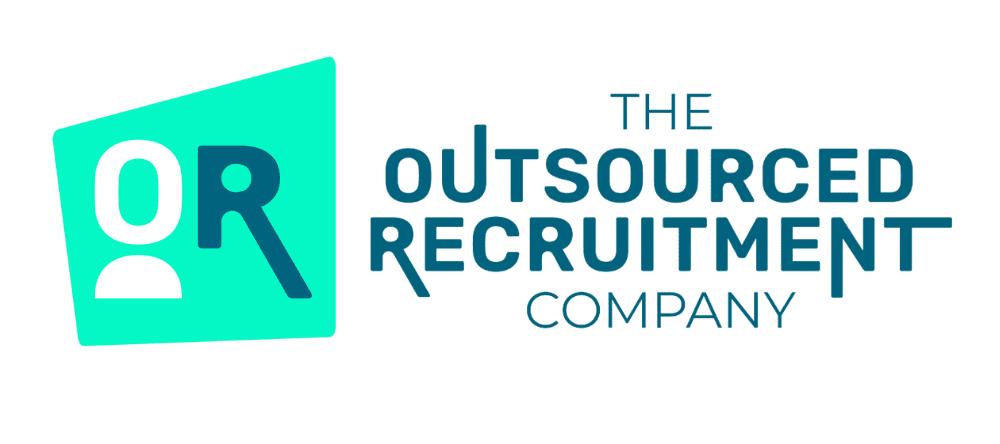First impressions count. If you’ve gone to all that effort to hire someone you want them to stay! Check out our five tips on how to improve your employee onboarding.
Managing your employer brand doesn’t stop with the hiring of staff, it flows through to onboarding, employee satisfaction and staff retention.
Think back to your previous jobs, what was your first day like? Did something stand out as good, or bad? It’s not just the first day though, what about your first week, month, or quarter?
Did you know, on average a third of employees leave within the first six months? This can be frustrating, costly and leave you with a skill gap.
Here’s how you can keep your new hires engaged:
Create an onboarding process
First things first, the suggestions we are sharing need to be part of an official process. Otherwise, you will be struggling to remember what you did, and when you did it. Then before you know it, you’re welcoming another new starter.

Creating an effective onboarding process will help your new hires to feel valued, give them a greater understanding of your company and set the tone for their employment with you.
The benefits of implementing a process doesn’t just affect your new employees. It also makes your life easier and can easily be picked up by someone else if you are absent or need to delegate.
Don’t forget to involve the team in the process, this will help your new starter to create connections with others and give responsibility and purpose to your employees.
Stay connected
The date from a candidate accepting your offer to officially starting could range from a few days to months if they are required to work a long notice period. This provides a lot of ‘thinking time’ and potentially time for their current employer to convince them to change their mind.
Our advice is to stay connected and make regular contact with them by sending over information to read in advance. Think about letting them know about your upcoming company events for their diary and send links to videos about your company culture or introducing the team.

A week before their first day, we suggest getting in touch to talk about what the plan is – if you have an itinerary even better! Include the important things, like what the lunch situation is (we’re not joking, lunch is an important factor in the day), where to park, how to access the building and who they need to ask for when they arrive.
Receiving all this information in advance shows that you are thinking of them and trying to make their first day as seamless as possible, giving them a great onboarding experience.
Warm welcomes
Make sure everything they need is ready for when they start – don’t forget the non-essential items. It doesn’t cost much to get a welcome card and ask their new team members to sign.
If you have company merchandise, why not set up a little branded welcome pack of items? A pen and a notepad might not seem like much, but it helps to make people feel settled and part of the team.
If it’s possible in your working environment, try to book a short welcome session with their immediate team. Make sure everyone stops to say hello and introduce themselves.
You could even ask a member of the team to give the office tour, highlighting all the key areas like the fire exits, toilets, and lunch area (as we said, lunch is important).
Back to the topic of lunch (again), why not arrange a team lunch on their first day. Either go out somewhere, arrange a buffet or order a takeaway. This gives a chance for everyone to talk in a less formal setting.
Give them the full picture
Depending on the size of your business, it makes sense to help your new team member understand what you do, how you do it and why you do it.
As part of your onboarding process, you should arrange for them to spend time with other departments to see how you function as a wider team.
Have you ever tried to explain what someone else does? It’s much better for other departments to explain what they do, how they work and how each employees fits into the team.
Meeting other teams and understanding the mechanics of your company helps your new employee to see how their role contributes to the needs of the business.
Check-in
Your new employee has survived day one and two – success…or is it? Onboarding lasts longer than you think!
If you’ve completed all the steps above then great, your new employee will be immersed in their induction and learning the ropes. However, this doesn’t mean you can leave them to it.

Make sure you book regular check-ins to see how they are getting on and if they have any questions or concerns.
Also, don’t be afraid to ask for feedback on how they’ve found the onboarding process. This is not only beneficial in shaping your onboarding for the future, but it also shows your new employee that you want to improve things for new hires and that you trust their opinion.
Onboarding should form part of your employer branding strategy. To find out more, check out our Employer Branding – What is it and why is it important? blog

